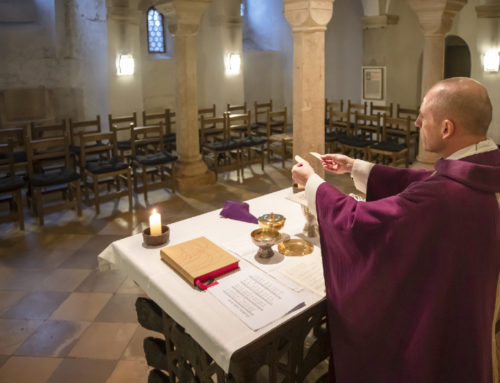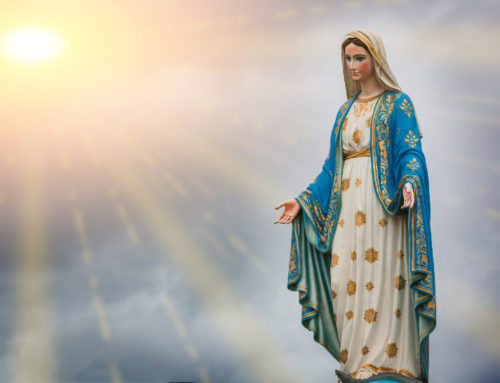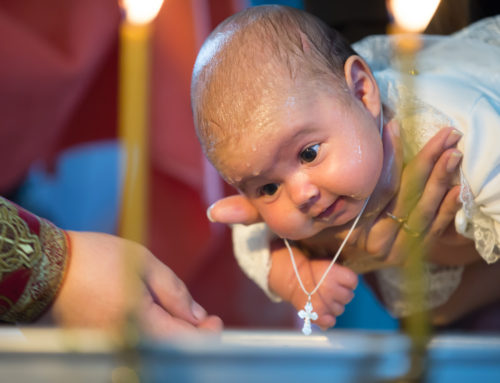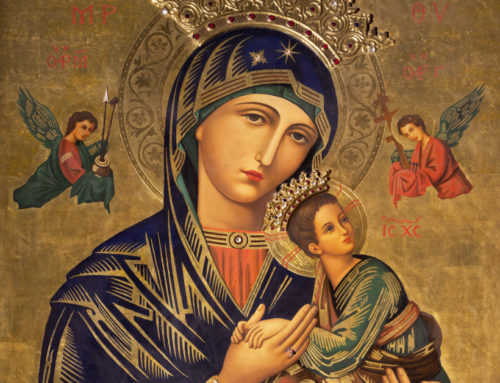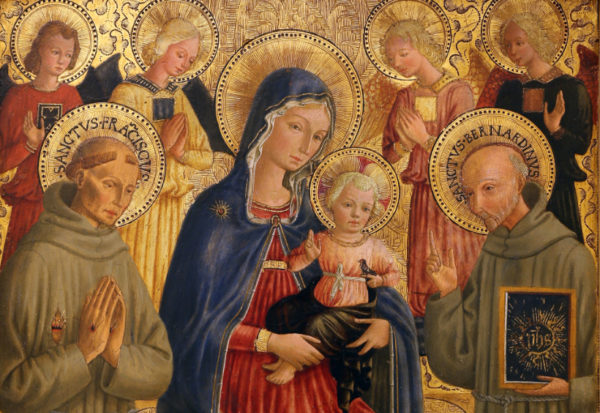
Bartolommeo Caporali: Madonna and Child with St. Francis and Bernardine
Are Eastern Catholic teachings the same as the Latin Catholic teachings?
The teachings are the same in nearly every instance. There are theological expressions that differ, usually because there is a different theological approach in the East than is found in the West. Among the more notable differences are the theology fo marriage; the understanding of Mary, the Mother of God (or, as she is called in the East, the “Theotokos”); the understanding of original sin, Purgatory, and so on. There are also differences in practices between the Latin and the Eastern Churches.
Since we touch on original sin, the Immaculate Conception, and Purgatory later, we’ll leave those for now and, for an example, will look at the theology of marriage. This sacrament, called the “Mystery of Holy Crowning” in the Byzantine tradition, and the “sacrament of holy matrimony” in the Coptic and Latin Churches (the Coptic understanding is that sacrament is an unseen gift from God while mystery means obscurity). For Eastern Catholics the general understanding is that death does not terminate or end a marriage. One may remarry after the death of a spouse, but such a marriage is always seen as an aid and comfort to the one left behind, and should not be celebrated with the same joy and public display as was the case with the first marriage.
A second difference is found in the minister of this sacrament/mystery. For Latin Rite Catholics, the couple themselves are the ministers of the sacrament. This is why only a marriage between two baptized persons can be considered a sacrament; if one party is not baptized, that person cannot confer the sacrament on the other, nor can that person receive the sacrament! For Eastern Catholics, however, the priest or bishop is the minister of the sacrament. Thus, only a priest or bishop may marry a couple in the Eastern Churches, while, for the Latin Church, the bishop, priest, or deacon serves as the “official witness” for the church of the exchange of vows.
This brings us to a third difference. In the Byzantine tradition, there is no exchange of vows. The couple’s very presence and the actions they take speak of their desire to enter into the marriage. In those countries where an exchange of vows is required, the churches add the vows, usually before the ceremony, simply for the sake of the civil proprieties.
In an Eastern Catholic marriage, the most common feature is the crowning of the couple. They are crowned for two reasons: first to show that they are the king and queen in their home and, second, to show that they are to be martyrs for their family. Martyrs are said to have “earned the crown of martyrdom,” and this idea is carried over into the marriage ceremony. In the Coptic tradition, the groom is vested in a chasuble to show that he is the “priest” in the family.
Excerpt from Faulk, Edward. 101 Questions and Answers on Eastern Catholic Churches. (Paulist Press: Mahwah, NJ) 2007.

